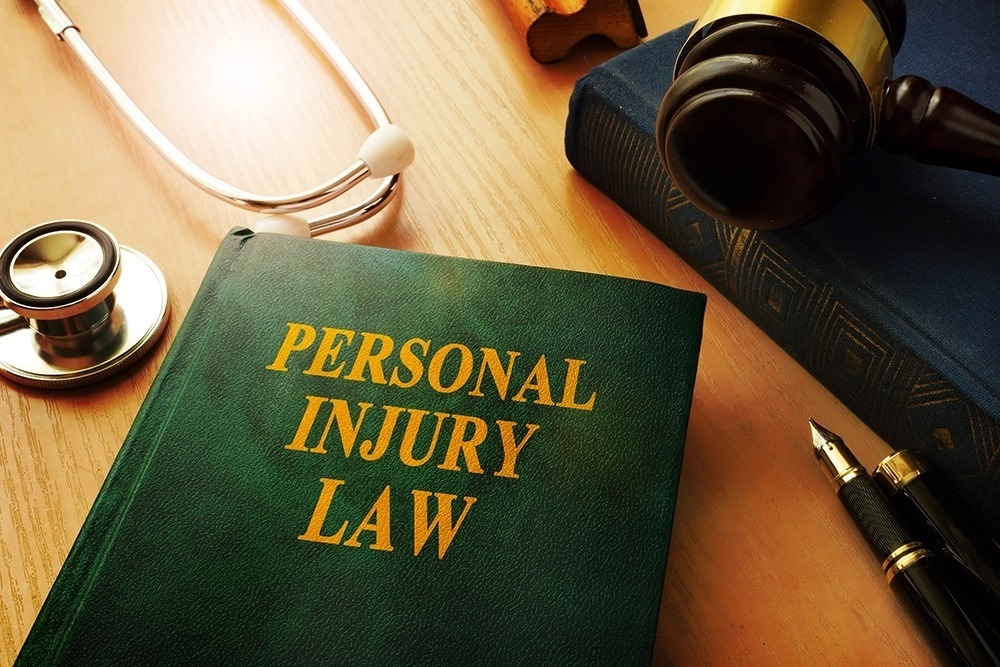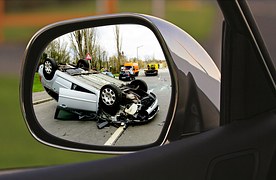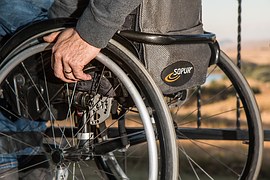Is There A Limit or Cap On Compensation in a Maryland Personal Injury Case?

Maryland, like most states, has chosen to strike the balance between victims of negligence and the interests of business and the insurance industry in favor of the latter.
Maryland sets a limit on how much an even catastrophically injured victim can recover for pain, suffering and disfigurement.

Maryland’s limitation on damages in personal injury cases was first enacted in 1986. The limitation is sometime referred to as “the cap”. Many people contend the cap is unfair to those injured by the negligence of others, as it infringes upon the historic ability of jurors to compensate that person by employing their collective sense of fairness and community justice. Others will tell you it is needed to keep insurance rates down, and that was the argument made to the legislature. Indeed, Maryland’s high court has long ago determined the purpose of the limitation was to protect the public by ensuring the availability low cost or moderately priced liability insurance. The limitation was driven by a “legislatively perceived crisis” in the cost of, or alleged inability to obtain, liability insurance. Murphy v. Edmonds, 325 Md. 342, 362 (1992). The legislature considered the arguments and complaints of those in “high risk” and medical fields that contended they could not get insurance at all, or only at costs portrayed as unaffordable. Id. Moreover, “the General Assembly also had before it numerous letters and petitions urging enactment of the cap from members of the medical profession seeking relief from high insurance premiums and from members of the public who feared that the insurance crisis would result in reduced availability of medical services.” Id. It was an enormously effective lobbying effort, culminating in the damages cap.
The term “cap” is actually somewhat misleading. Only non-economic damages are limited. There is no limitation on a recovery for economic damages, As Attorney Eric T. Kirk will tell you. which would include things like:
-
Past and future lost wages
-
Lost earning potential
-
Medical expenses
-
Property damages and out -of -pocket expenses
Rather, the it is the ability of a jury to compensate victims with an award of non-economic damages that is limited by operation of the cap. In an action for personal injury, non economic damages include:
-
Physical, psychological and emotional pain, PTSD, anxiety or depression
-
Suffering
-
Inconvenience
-
Physical impairment
-
Disfigurement and scarring
-
Loss of consortium
-
other nonpecuniary injury
In an action for wrongful death, these intangible losses that defy easy quantification include:
-
Mental anguish
-
Emotional pain and suffering
-
Loss of society, companionship, comfort, protection, and care
-
Loss of marital care, parental care, or filial care
-
Loss of attention, advice, counsel, training, guidance, or education,
-
other noneconomic damages
Source: Md. COURTS AND JUDICIAL PROCEEDINGS Code Ann. § 11-108
To some extent, the limitation is a secret one. The jurors hearing the evidence and making the award are not told of any limitations. It is only where that jury awards amounts in excess of the limitations that the trial judge, after the fact, reduces their award to conform to the statutory limitation.
Moreover, there is more than one cap involved, depending on the type of case being filed. Medical malpractice cases are governed by one set of limitations, and all other case types- including automobile accidents, premises liability and “garden variety” negligence cases, are governed by a similar, but different set of limitations.

For personal injury cases, the maximum recovery for a single claim for for accidents occurring between January 1, 2020 and September 30, 2020 is $875,000. Every October 1, the maximum recovery increases by an additional $15,000 and that new limitation applies to accidents occurring through September 30 of the following year. If the claim is a wrongful death claim and there are multiple beneficiaries in an ensuing action, the maximum recovery is limited to 150% of the maximum base recovery. Accordingly, the maximum recovery for a single loss occurring between January 1, 2020 and September 30, 2020 is $1,312,500 for such claims. If the case is one involving death, the plaintiff often, if eligible, brings what is called a survival action. The personal representative is generally- but not always- the same as one of the beneficiaries in the wrongful death claim. This is a separate claim held by the estate of the decedent. Because it is a separate claim, a separate cap applies. Therefore, the combined limit for a wrongful death and survival action for a loss occurring between January 1, 2020 and September 30, 2020 is $2,187,500.
For medical malpractice cases, the maximum recovery for a single act of medical negligence occurring between January 1 2020 and December 31, 2020 is $830,000. Every January 1, the maximum recovery increases by an additional $15,000 and that new limitation applies to medical injuries occurring during that calendar year. If that act of medical negligence results in a death, and there are multiple beneficiaries in an ensuing wrongful death action premised on medical negligence, the maximum recovery is limited to 125% of the maximum base recovery. For calendar 2020, that maximum limitation for all beneficiaries is $1,037,500.
Clearly, these limitations only come into play in the most catastrophic of cases, but make no mistake, the cap is here to stay.
The cap has survived multiple legal challenges during the last several decades. These limitations contained in these rules can be confusing, or even overwhelming for a victim’s family. By definition, the damage cap changes every year. If you, or a family member have sustained serious injury, or worse, you need to discuss the types or claims, and any limitations on those claims, with experienced personal injury counsel.



